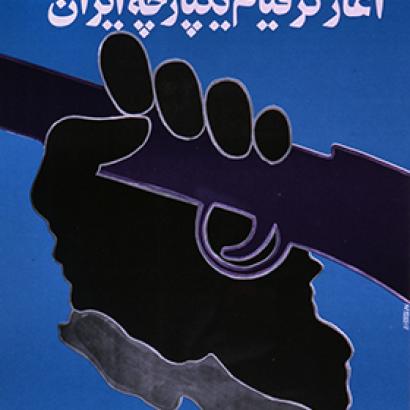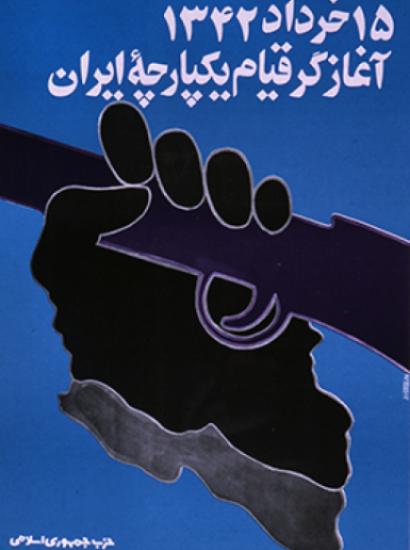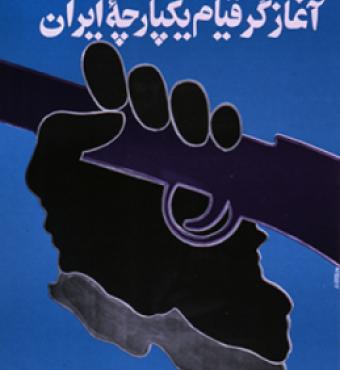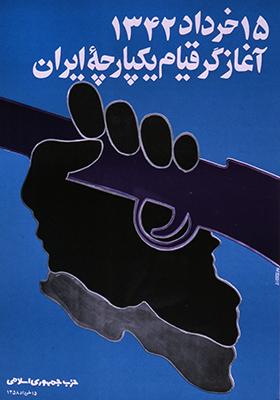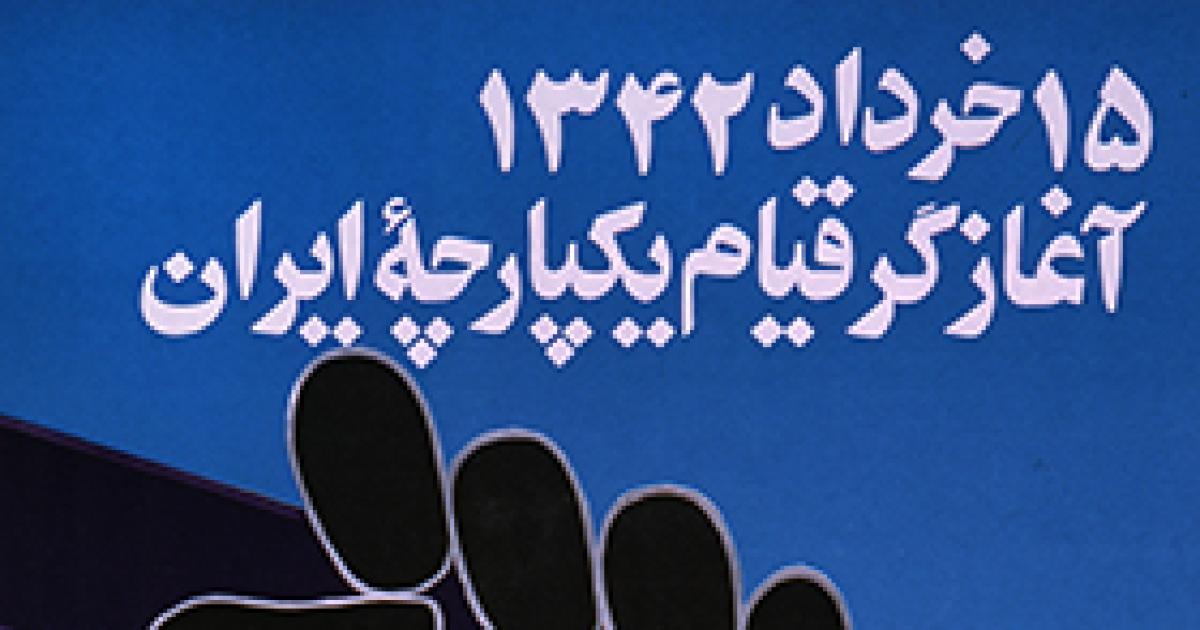- International Affairs
- Key Countries / Regions
- Middle East
- Security & Defense
- US Defense
- US Foreign Policy
- Politics, Institutions, and Public Opinion
- The Presidency
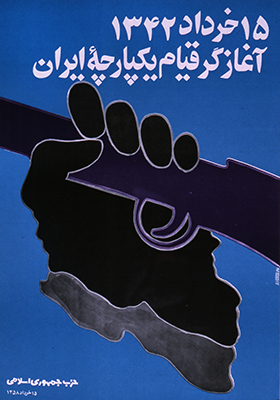
The Biden administration came into office with the hope of reentering the Joint Comprehensive Plan of Action (JCPOA)—the nuclear deal with Iran—and thereby reduce tensions in the Middle East, an area of the world to which it would rather pay less attention. President Joe Biden has stated that the United States would reenter the JCPOA provided Iran comes back into compliance with its terms, but Iranian leaders have insisted on the lifting of U.S. economic sanctions first. Furthermore, Biden has indicated his desire for the agreement to address other areas, such as the Iranian ballistic missile program. The newly elected Iranian president, Ebrahim Raisi, a protégé of Supreme Leader Ali Khamenei, has stated that areas not covered by the original JCPOA are off the table. Negotiations in Vienna among Iran and China, Germany, France, Russia, and Britain (with the United States on the margins) have to date failed to reach an agreement.
The background to the current impasse is complicated. On July 14, 2015, the Obama administration, along with China, France, Germany, Russia, and the United Kingdom, signed the JCPOA limiting Iran’s ability to process fissile material. The United Nations Security Council endorsed the agreement six days later. The nuclear deal, the culmination of twenty months of negotiations, placed significant restrictions on Iran’s nuclear program for a period of fifteen years. In return the international community lifted economic sanctions, which had crippled Iran’s domestic economy. The nuclear deal was touted as the signature foreign policy achievement of Barack Obama’s presidential tenure.
The Iranian nuclear program began in the late-1950s under the government of Shah Mohammad Reza Pahlavi. In 1970 Iran signed the Nuclear Nonproliferation Treaty (NPT) in return for assistance under the U.S. “Atoms for Peace” program. The Iranian nuclear program went into abeyance after the 1979 revolution, with a number of nuclear scientists fleeing the country. After the disastrous eight-year war with Iraq concluded in 1988, Iran resumed nuclear research with the assistance of China, Pakistan, and Russia. A 2003 International Atomic Energy Agency (IAEA) report concluded that Iran had violated the NPT, leading to negotiations with the United Kingdom, France, and Germany (EU 3). The resulting Paris agreement in November 2004 led to Iran’s suspension of nuclear enrichment and conversion.
The election of Iranian President Mahmoud Ahmadinejad led to the collapse of the Paris agreement. In February 2006, Iran resumed enrichment activities at Natanz. Four months later, the United States, Russia, and China joined the EU 3 to form the P5+1, which worked to limit Iran’s enrichment capabilities. The first of six United Nations Security Council (UNSC) Resolutions addressing Iran’s violation of the NPT passed in July 2006. The UNSC called on Iran to cease nuclear enrichment and imposed economic sanctions to pressure the Iranian government to comply with its resolutions.
Iran failed to comply with the resolutions. In September 2009, U.S. President Barack Obama revealed intelligence indicating the existence of an underground enrichment facility in Fordow, near the religious center of Qom. IAEA director Mohamed ElBaradei called for the lifting of sanctions in return for Iran’s suspension of enrichment, to no avail. The Green Movement in the summer of 2009 had shaken Ahmadinejad’s government, and his hardline crackdown on civilian protesters signaled its unwillingness to compromise with perceived enemies, foreign or domestic. The United States and Israel then deployed the Stuxnet computer worm, which interrupted the operation of centrifuges at Natanz, ultimately destroying approximately a thousand of the machines.
The election of a new Iranian president, Hassan Rouhani, in June 2013 broke the diplomatic logjam. Three days after his inauguration in August, Rouhani publicly called for a resumption of negotiations with the P5+1. The next month Rouhani spoke by telephone with Obama, and U.S. Secretary of State John Kerry met with Iranian foreign minister Mohammad Javad Zarif. The first high-level contacts between the United States and Iran since the Iranian revolution of 1979 signaled the diplomatic possibilities surrounding the nuclear file. The Obama administration was concerned that absent an agreement, Iran could develop a nuclear weapon within a matter of months if it chose to do so. This danger could lead to a preemptive strike by Israel, or to the acquisition of nuclear weapons by Saudi Arabia, Iran’s strategic competitor in the Middle East.
Negotiations between the P5+1 and Iran in Geneva led to the signing on November 24, 2013, of a Joint Plan of Action, an interim agreement that limited Iran’s nuclear enrichment capabilities in return for the partial lifting of economic sanctions while negotiations sought a more permanent agreement. That agreement, the JCPOA, was finally inked on July 14, 2015. At its core, the agreement would extend the “breakout time”—the amount of time required for Iran to develop a nuclear weapon—to more than twelve months.
Specifics of the JCPOA included a ten-year cap on the number of operational centrifuges (from more than 20,000 to just over 6,000), a fifteen-year uranium enrichment cap of 3.67 percent (nuclear weapons require concentrations in excess of 90 percent), a fifteen-year cap on the stockpile of enriched uranium (from 10,000 to just 300 kilograms), redesign of the Arak heavy water reactor for peaceful nuclear research, a twenty-year period of continuous IAEA inspection of centrifuge production facilities, the termination of all UN Security Council Resolutions regarding the Iranian nuclear program, the cessation of U.S. and EU sanctions on Iran’s oil and banking sectors, and the resumption of economic commerce including the sale of passenger aircraft and automobiles to Iran. Additionally, the United States and the EU released approximately $100 billion in frozen Iranian assets. U.S. sanctions on Iran targeting human rights, ballistic missiles, and terrorism remained unaffected by the agreement.
The Obama administration signed the JCPOA but refrained from submitting it to the Senate for ratification. This gave the agreement the force of an executive order, which could be quickly undone by a future Republican president. If President Obama desired a lasting foreign policy achievement, this was a fatal error.
Republican lawmakers and Israeli government officials immediately attacked the agreement as insufficient to permanently halt Iran’s nuclear aspirations. While negotiations were in progress, on March 3, 2015, Israeli Prime Minister Benjamin Netanyahu traveled to Washington and spoke to a joint session of Congress, decrying the agreement as insufficient to curb Iranian nuclear ambitions. Without deeper and permanent concessions, Iran could follow North Korea into the club of nuclear-armed nations. Any deal should also be contingent on the cessation of Iran’s bad behavior in the Middle East: its support for proxies in Iraq, Syria, Lebanon, and Yemen; its sponsorship of terrorism, and its public calls for the destruction of Israel.
The unspoken hope by the Obama administration was that the Iranian regime would moderate by the time the restrictions in the nuclear deal lifted. This was a significant miscalculation. Following the signing of the JCPOA, Iran abided by its restrictions but used the resources freed up by the deal to fund proxy groups across the Middle East, from Hezbollah in Lebanon and Syria to Houthis in Yemen to various military groups in Iraq. The revolutionary generation of 1979 was not disappearing—it was metastasizing. The quixotic hope for a more moderate Iranian government never came to pass, and probably will not happen provided the government remains in the hands of an all-powerful religious leader with no incentive to compromise.
The Trump administration entered office with a more clear-eyed vision of the sources of Iranian misconduct. The president lambasted the JCPOA as seriously flawed, deciding to withdraw from the agreement, and reimpose U.S. economic sanctions on May 8, 2018. The other members of the P5+1 remained in the agreement, but without access to the U.S. banking system or the ability to export large amounts of oil, Iran’s economy—80 percent of its exports linked to oil—tanked. The Trump administration enacted a policy of “maximum pressure,” attempting to force Iran to agree to deeper and more permanent cuts in its nuclear program, limitations on its ballistic missile program, and withdrawal of support for proxy and terrorist groups in the region.
Iran retaliated by instituting a policy of “maximum resistance.” Iranian forces and proxy groups attacked U.S. allies and interests in the Middle East, including strikes on Saudi oil facilities, interdiction of tanker traffic in the Gulf, proxy attacks on U.S. service personnel in Iraq, and the downing of a U.S. drone over the Strait of Hormuz. The Trump administration responded on January 3, 2020, by killing Iranian Revolutionary Guards Qods Force commander Major General Qasem Soleimani in a drone strike in Baghdad. Abu Mahdi al-Muhandis, the commander of the Iraqi Popular Mobilization Forces, was also killed; Iraqi paramilitary groups continue to target U.S. forces in Iraq to this day to exact revenge. Iran also walked back portions of the JCPOA: doubling the number of centrifuges in operation, enriching uranium to 5 percent purity, and ending on-site inspections by the IAEA.
Despite the failure of the maximum pressure campaign to change Iranian behavior or induce it to renegotiate the JCPOA, the Biden administration would be ill-advised to reenter the agreement without exacting further concessions from Iran. Some of the restrictions of the current JCPOA expire in just four years, without a change in Iranian behavior or ambitions in sight. Time is on the side of the United States; Iran needs an agreement to restore its economic fortunes far more than the Biden administration needs a foreign policy achievement. The administration should remain firm and demand a revised and stronger agreement. In the best of all worlds, a new and stronger JCPOA could be presented to the Senate for ratification, giving it more permanence. Senate ratification would be a heavy lift in the current domestic political environment but provided the Biden administration gives due credit to Trump’s policy of maximum pressure, bi-partisan backing of a treaty might be possible. A treaty capable of Senate ratification will require much deeper Iranian concessions than are currently on the table, but such is the price Iran must pay to reach an agreement with the Great Satan that can withstand a change in presidential administrations.







